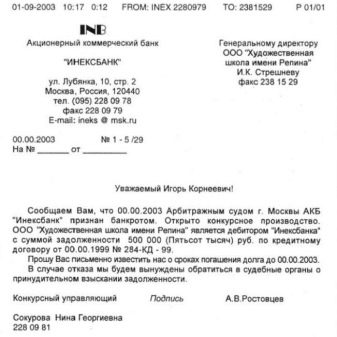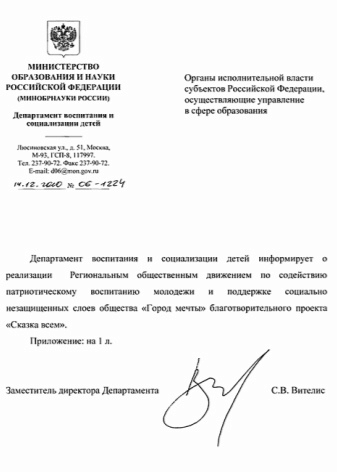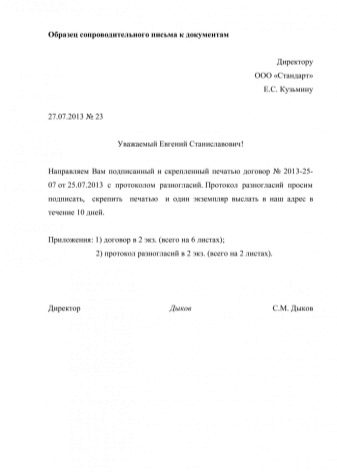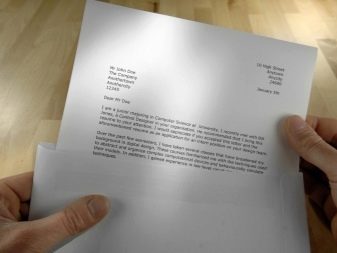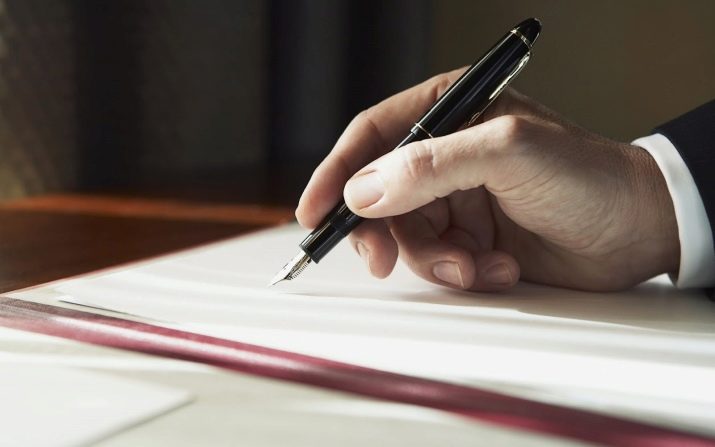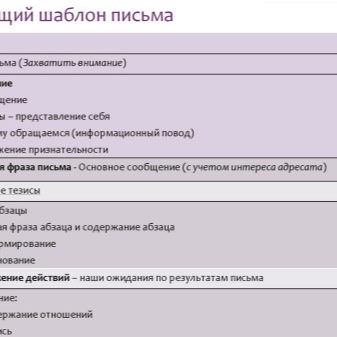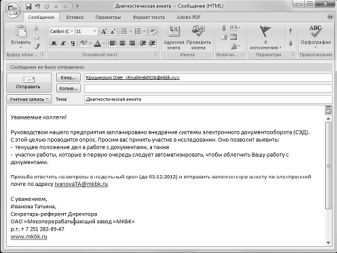The modern business reality is such that only 15% of medium and large-scale entrepreneurs seeking to strengthen their positions in the market achieve their goals. It is for this reason that the relevance of business etiquette increases multiply, since non-compliance with its norms, for a number of other reasons, often leads to a rupture of useful business relationships.
General principles of business ethics
In a broad interpretation of ethics is called a set of general principles aimed at regulating social relations. Accordingly, the ethics of business relations addresses issues relating to the adopted order and style of interaction in the business sphere.
Detailed ethical aspects of business relationships are business etiquette, including, for example, the procedure for conducting negotiations, the rules of corporate behavior, business traditions and rituals, elements of subordination, manners and styles of communication and writing, as well as questions of correctness in dealing with partners and business colleagues.
The significance of ethics and etiquette, as its component, lies in the fact that the normative base that has emerged as a result of long practice simplifies communication to a great extent, creating an understandable and accessible context in the business sphere that allows you to correctly achieve goals and significantly save time.
In other words, we are talking about a special algorithm for solving business problems, which allows us to set and successfully achieve the desired business goals in a rational and conflict-free manner. The level of ownership of this algorithm allows us to draw direct conclusions about the degree of professionalism of a business partner or an opponent in a business dispute.
In this context, it is important to adhere to the following general principles:
- punctuality everywhere and in everything;
- information security;
- sound altruism;
- favorable, appropriate to the business environment image;
- Correct oral and written language;
- following the rules of business speech culture.
Types of business correspondence are diverse and, with a certain degree of conventionality, they can be divided into two main types:
- interstate - between state organizations, foreign representative offices and officials (various notes, memorandums and other forms) are elements of diplomatic relations;
- a commercial - letters of semi-official status used in the field of business relations between institutions and organizations.
Writing Principles
The style of writing an official letter, despite linguistic and some traditional differences, has a certain common basis and group of institutions developed by the established practice. For example, a number of protocol directivity requirements, determined by the position of the sender and addressee ranks, are based on the initial settings of mutual respect and correctness. Therefore, regardless of the type of document, structurally it must contain the following elements:
- appeal (official status of the addressee);
- a compliment (polite ending letter);
- signature;
- date (day, month, year and place of writing the message);
- sender's address (last name, official status, address are placed at the top or bottom of the 1st page of the letter).
In addition, there are a number of regulations directly related to the letters:
- business letters are written on letterheads or sheets of paper solely on their front side;
- pagination is done in Arabic numerals;
- messages are executed in printed text;
- erasures and corrections are not allowed in the body of the document;
- the document is folded text inside;
- waiting time for a response to the letter is not more than ten days.
The business message should have a clear target and contain one question, and the whole point of the text should be completely and completely subject to its content, be it a deal offer, a commercial inquiry, or simply relevant information.
Logical and concise, the absence of any "lyrical" digressions - the main characteristics of efficiency.
Typology of business letters
The classification of business messages is diverse and depends on their functional and targeted orientation. For example, letters are:
- notifying;
- reminding;
- invitations;
- informobzory;
- orders;
- accompanying;
- other types.
In commercial correspondence the most typical:
- requests;
- offers;
- orders;
- complaints;
- letters of guarantee.
As a form of business communication, in the strict sense of the definition, letters are divided into 2 types - business and private-official.
For business include correspondence, plying among organizations and institutions. A private-official letter is a message that is sent to an institution by a private person, or, conversely, by an institution - to a private person.
Correspondence Requirements
There are a number of business correspondence rules.
- The letter should stimulate the emergence of business interest from the recipient, clearly and on the basis of convincing factual data, show the benefits of the partnership and the inexpediency of breaking the partnership. The text should be encouraging, motivating for cooperation.
- The manifestation of excessive personal emotions in a business letter is not the best way to prove one’s case and resolve the issue.
- In order to avoid overloading and clogging of the text of the letter, it is necessary to avoid any figurative comparisons, metaphors, allegories and hyperbole.
- For a clear and concise presentation of the topic, it is better to use simple sentences, avoiding particulars and excessive detailing. The basic idea of the message should be supported only by relevant arguments, which are usually placed in the attachments to the letter (charts, graphs, digital data).
- In the text should be allocated paragraphs, each of which, representing an independent thought, begins with a new line.
One paragraph should take no more than 4 lines, because when reading more lengthy paragraphs, the text seems to merge, and the main idea of the message is lost. A normal paragraph is considered to include 2-3 sentences.
- In a business written message, descriptive adjectives, extra clarifications and details should not be used. At the end of the writing, it is advisable to check the document and eliminate phrases that do not carry the actual semantic content.
- Literacy is a basic element of the text. The presence of spelling and other errors in the message is unacceptable.
- Specifying the subject of the letter is mandatory. The subject in the documents should be reflected briefly and capaciously, it saves time when reading and positively characterizes the sender. If the letter is sent by e-mail and contains particularly important information, it should be provided with a special “flag” that is available in the electronic service.
- Good readability of the text is provided by Arial or Times New Roman fonts with an average font size. With special need, key ideas are allowed in italic or bold type.
- In the text it is useful to use subheadings (3-4), which provide easier understanding of the stated text.
- Enumerations, lists and lists are best made using special markers.
- Corporate template (scheme) - an excellent indicator of efficiency and objectivity in business communication.It is especially relevant in the corporate aspect, because it allows you to stand out in a favorable light and comply with the official status.
In an email, the template is better optimized for different screen resolutions.
The structure of the business message
The structure of the business message is typical. Traditionally it contains:
- introduction;
- the main part;
- conclusion
The introduction summarizes the purpose of the letter. The main part describes the essence of the issue. In conclusion, it is desirable to summarize the content of the main part, for example, in the form of conclusions. "Postscripts" and various kinds of footnotes are undesirable.
In conclusion, inappropriate phrases resembling manipulations, such as: “I hope for a mutually beneficial partnership,” and so on. It is better to say goodbye in a business letter with simple phrases - “Regards”, “Best regards” and so on.
In the lower part of the message are indicated: F. I. O., official status, company name, is signed. Contact numbers are also indicated.
Tables and graphs are attached in a separate file (package), indicating this at the end of the letter. If there is a group of investments, then they are given an inventory with the names.
You can use abbreviations and special abbreviations only if you are sure that the recipient will understand them.
To make the text more logical rigor and consistency in business vocabulary, the following speech phrases are used as binders:
- for this reason;
- based on the foregoing;
- because of this;
- according to the data;
- Based on this;
- Considering;
- other.
It is useful to appeal to the addressee by name in the course of the entire message. If the message is addressed to a stranger, then in its beginning indicate the source of the recipient's address.
Features and nuances of business correspondence in electronic format
In the virtual space, business interaction, representing communication in a miniature, is specific, and no less requires compliance with the relevant rules of etiquette. Competent work with the letter, in accordance with practice, implies the implementation of the following remarks concerning the scope, language standards, structure and format.
- The formula of the theme must exactly match the subject stated in the text. This allows you to quickly adjust the reader to the desired business mood.
- The optimal volume of the document sent by e-mail, fit into the "one screen", with a maximum amount of text - one sheet in A4 format.
- The optimal size of attachments - no more than 3 MB.
- Sent files are recommended to be “packaged” into standard zip or rar encoding archives. Others are often blocked during shipment.
- Hyperlinks must be standard (blue, underlined).
- The answer to the addressee should be placed on top, at the beginning of the letter, and not below. This saves the correspondent from over-and-forced scrolling of the previous text.
- You must use the language of the letter, the most understandable partner. The question of the advisability of using in the message professionalism, corporate vocabulary, slang expressions and abbreviations (especially in external correspondence) is decided separately, depending on the context and qualities of the correspondence partners.
- It is important to inform the partner about the receipt of his message - it is a sign of good taste and a part of business etiquette, showing respect for him.
- It should be answered as quickly as possible. If for any reason you cannot respond quickly, then the partner should be notified about the receipt of his letter and indicate the time of the answer. An ethical and comfortable temporary pause before giving an answer - 48 hours after receiving the message. After this time the person usually believes that the message is lost or ignored. An excessive pause in correspondence is often fraught with the risk of losing a partner and is treated in business as a violation of ethical standards.
- At the end of the message should be placed contact details that are specified in all letters without exception, regardless of the order of distribution.
- During shipment, it is important to pay particular attention to privacy issues.
For more information on business etiquette, see the following video.







